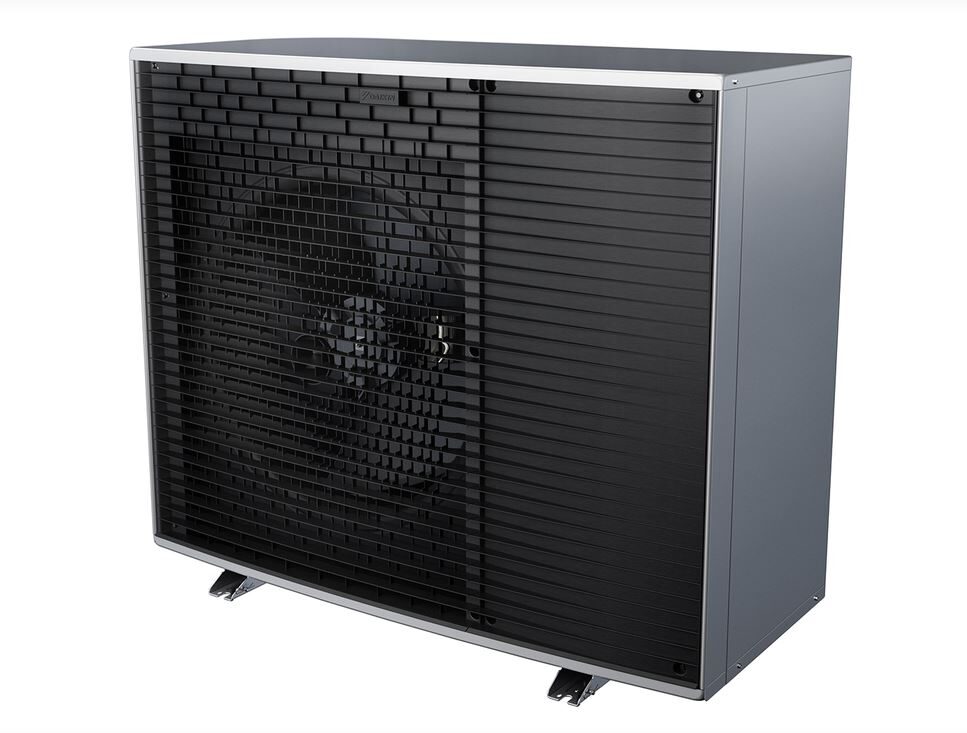Greenwood, an Australian solar engineering, procurement and construction (EPC) company, has installed 48 solar panels at the University of Melbourne’s Dookie Campus vineyard, 216 km northeast of Melbourne.
The 20 kW solar system features 440 W panels, covering about 270 sqm of vineyard. Developed in partnership with Greenwood and Victoria-based engineering firm Enhar, the Dookie solar project aims to study the benefits of integrating PV with viticulture.
The Dookie study, funded by AgriFutures, promises to deliver insights for agricultural and energy industries in the context of Australia’s distinctive environmental conditions.
Greenwood Head of Education Veli Markovic said the Dookie system is just the start of Australia’s agrisolar movement.
“We’re seeing a phenomenal lift in partners wanting to deliver these projects and the hope is we take our experiences delivering these projects and educate our industry peers through Greenwood Academy,” Markovic told pv magazine. “Passing on knowledge so they can identify opportunities, and deliver projects, where agrivoltaics is an absolute no-brainer.”
Sabine Tausz-Posch, a senior lecturer in agriculture and food sciences at the University of Melbourne, said the university is using the agrivoltaics facility as a model for how agriculture can adapt to climate change.
“For me the most exciting aspect of this project is that we combine a crop production system with electricity production on the same area of land, by increasing the land use efficiency,” Tausz-Posch said. “At the same time, it also means that we maybe help our crops to deal with those changing environments, protect them from some of the climate stresses and maybe save some water at the same time, which is an underlying hypothesis underlying agrivoltaics research, and we might even help the panels to be more efficient.”

Greenwood said agrivoltaics could enable more sustainable land use in Australia and, in appropriate scenarios, is a no-brainer for farmers, energy generators, and the nation’s agriculture and energy industries.
The system at Dookie is now one of two officially acknowledged agrivoltaics projects in Australia, the other being at Tatura Smart Farm, also in Victoria, where agrivoltaics research is investigating the concurrent use of land for energy and crop production by testing the configuration of solar panels over a high-density pear orchard.
This content is protected by copyright and may not be reused. If you want to cooperate with us and would like to reuse some of our content, please contact: editors@pv-magazine.com.



By submitting this form you agree to pv magazine using your data for the purposes of publishing your comment.
Your personal data will only be disclosed or otherwise transmitted to third parties for the purposes of spam filtering or if this is necessary for technical maintenance of the website. Any other transfer to third parties will not take place unless this is justified on the basis of applicable data protection regulations or if pv magazine is legally obliged to do so.
You may revoke this consent at any time with effect for the future, in which case your personal data will be deleted immediately. Otherwise, your data will be deleted if pv magazine has processed your request or the purpose of data storage is fulfilled.
Further information on data privacy can be found in our Data Protection Policy.